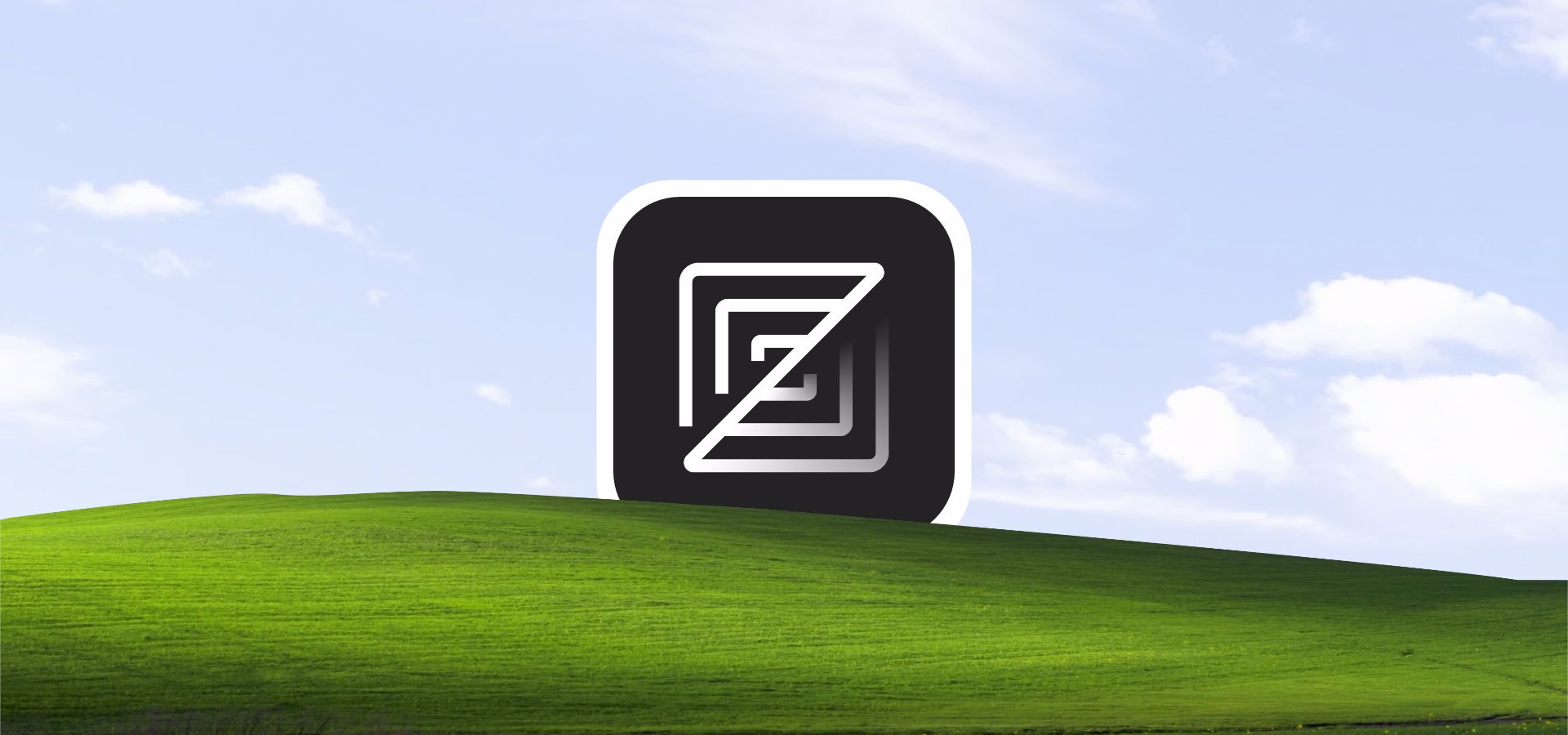Babylon.js is an open source 3D game engine for the web. The recently released version 6 brings multiple performance improvements, rendering enhancements and new features that according to the developers will make the web a whole lot more exciting.
Babylon.js is also one of the first engines to provide full support for WebGPU, a new web API that helps developers take full advantage of modern graphics cards. You can already experiment with the latest graphical capabilities by using Babylon.js and Google Chrome.
You can read more about WebGPU in this article: High-performance 3D graphics API now available in Chrome.
Let's have quick look at what's new in this release:
Havok Physics
Havok is a widely used and well-known physics engine behind several AAA games.
Babylon.js has been secretly working with the Havok team over the past year to make some of the most advanced physics features on the web available for Babylon.js developers.
Due to this integration Babylon.js now has new physics capabilities and up to 20x faster performance. All of this available through an easy to use Physics API.
Performance Priority Modes
This release introduces a new feature named “Performance Priority Modes”. These new modes can make for up to 50x faster rendering. Three different modes are available to choose from: Backwards Compatibility, Intermediate, or Aggressive. This provides for varying levels of functionality and flexibility.
Fluid Rendering
Babylon.js can now render fluids. This has the potential to unleash some stunning visual content directly within the browser. Fluid rendering can also run at 60 fps.
Improved Screen Space Reflections
Babylon.js now features a completely updated screen space reflection model that allows you to render stunning reflections throughout the scene with the highest performance levels possible.
Texture Decals
Texture Decals gives you the ability to project a decal onto an object's material texture. This is achieved by passing the decal through the mesh's UV space and overlaying it on top of the object's existing texture. This can make for fun new interaction possibilities for truly immersive web experiences without sacrificing performance.
Node Material Ray Marching
Node Material, an existing feature in Babylon.js allows for the creation of incredibly complicated and interactive shaders without writing a single line of code.
With Babylon.js 6 it is now even more powerful. It is now possible for developers to build more advanced 3D Graphics techniques into Node Material shaders including Ray Marching, a rendering technique used to create realistic 3D images by simulating the path of light rays as they interact with objects in a scene.
Tri-Planar and Bi-Planar Projection Nodes
Two exciting new nodes have been added to the Node Material. The new Tri-planar Projection node allows for the mapping of textures to a mesh that do not account for the mesh's UV layout.
The Bi-planar Projection node works in a similar way, using two 2D textures instead of three, saving GPU calculations and ultimately leading to seamless textures with a smaller performance hit.
GUI Editor
Babylon.js 6 now features a new GUI Editor that was previously available in Beta. The new editor builds on the Beta with a ton of stability improvements and bug fixes. It also introduces a tighter connection to Babylon.js playgrounds. Changes made in the GUI Editor will be instantly visible in the scene.
Figma Community Extension
Babylon.js 6 has a brand-new community extension that allows for exporting Figma GUI designs directly into Babylon.js scenes.
Accessibility Screen Reader Support
The core Babylon.js scene tree is now visible to screen readers. Accessibility screen readers can now narrate scene elements and text to describe the scene to the user. This addition will make it easier for developers to create scenes that are more accessible for everyone, especially for visually impaired people.
New glTF Extensions Support
The glTF file format has got support for the latest extensions. Babylon.js now fully supports the KHR_materials_iridescence and KHR_animation_pointer glTF extensions.
Reorganized Documentation
Babylon.js documentation has been restructured in a way that's more accessible to two core learning paths: those that want to first learn about Babylon.js and its feature set, and those that want to first understand how to integrate Babylon.js into their existing web applications.
For more information visit the Babylon.js website.



